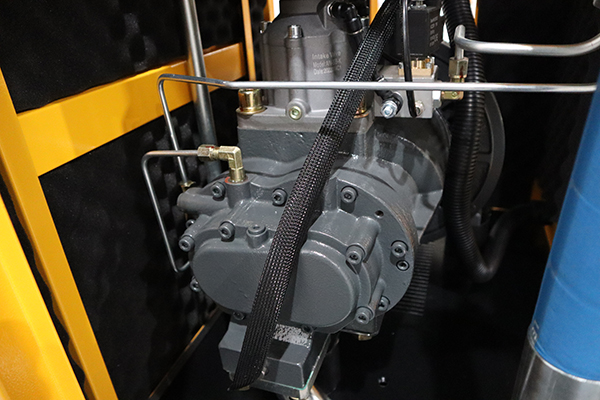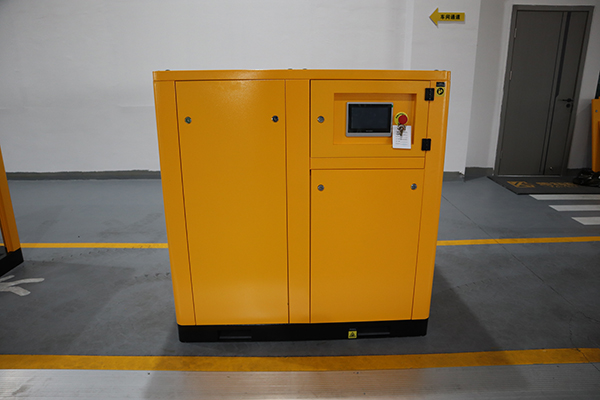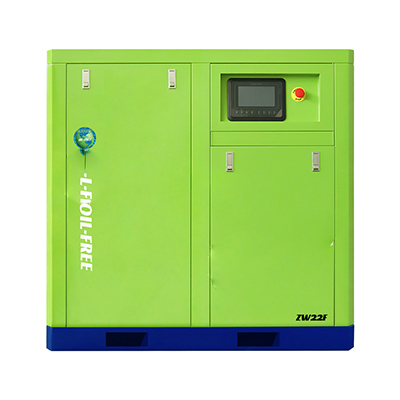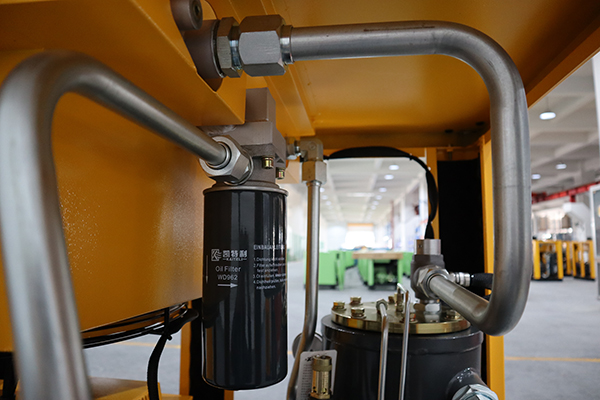low pressure air compressor noise level analysis for indoor and residential use
News 2025-10-24
Low pressure air compressors are essential tools in indoor and residential settings, powering applications like pneumatic tools for DIY projects, tire inflation, and light industrial tasks. Their noise levels are a critical factor, as excessive sound can cause hearing fatigue, disturb neighbors, or violate local regulations. By focusing on noise analysis, users can ensure these compressors integrate seamlessly into home environments, prioritizing safety and comfort while maintaining performance efficiency. Understanding decibel ratings helps in selecting models that balance power with quiet operation, enhancing usability in confined spaces.

Noise Measurement Techniques
Noise levels in low pressure air compressors are quantified using decibels (dB), with measurements conducted under standardized conditions to ensure accuracy. Common methods involve sound level meters placed at specific distances, often following guidelines from bodies like the American National Standards Institute. For indoor use, typical noise ranges from 60 dB for compact models to 85 dB for larger units, comparable to normal conversation or heavy traffic. This data is crucial for assessing compliance with residential noise ordinances, allowing users to choose compressors that minimize auditory impact without sacrificing reliability or airflow capacity.
Influencing Factors on Noise Output
Several elements determine the noise produced by low pressure compressors, including motor design, enclosure materials, and operational settings. For instance, units with insulated housings or variable speed drives often operate more quietly by reducing vibrations. Environmental factors, such as mounting surfaces and room acoustics, also play a role; placing a compressor on rubber pads can dampen sound transmission. In residential applications, lower operating pressures typically result in quieter performance, offering advantages in energy efficiency and longevity. This analysis underscores how optimizing these factors enhances safety and productivity in everyday use, from home workshops to small-scale manufacturing.
Frequently Asked Questions
1. What are typical noise levels for low pressure compressors?
Answer: Low pressure models generally produce 60-80 dB, making them suitable for indoor settings when compared to higher pressure variants.
2. How does noise affect residential use?
Answer: Excessive noise can lead to disturbances and health issues, so selecting quieter compressors helps maintain a peaceful home environment.
3. What steps can reduce compressor noise?
Answer: Installing soundproof enclosures or using anti-vibration mounts can significantly lower noise, improving comfort in residential areas.


